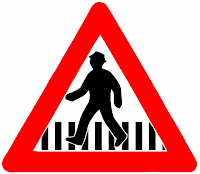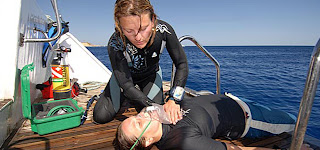
Negligence and failure to demonstrate “reasonable care” are the reasons why most accidents happen. The law of negligence and its subsequent theories were explained through Donaghue versus Stevenson in 1932 case. That is when the House of Lords have decided that any person should perform his duty of care to make sure that they act in a way without causing harm to other people, whenever it is reasonably forseeable that the damage may result.
Any person who fails in this duty is therefore considered negligent and could be sued by the injuries and damage to property.
Negligence could result to a number of damages to any person. For example, when an employee forgets to lock up the place of his work and when burglary happens, the employer is entitled to sue the employee for negligence and claim compensation for the amount of damages the business has lost. However, most of the claims that are pushed in the courts when it comes to employee-employer relations is when personal injury has been suffered due to lack of care either of the business entity itself or employer. The type of claim that could take place is the “workplace injury” compensation from the negligent employer.
Any person who fails in this duty is therefore considered negligent and could be sued by the injuries and damage to property.
Negligence could result to a number of damages to any person. For example, when an employee forgets to lock up the place of his work and when burglary happens, the employer is entitled to sue the employee for negligence and claim compensation for the amount of damages the business has lost. However, most of the claims that are pushed in the courts when it comes to employee-employer relations is when personal injury has been suffered due to lack of care either of the business entity itself or employer. The type of claim that could take place is the “workplace injury” compensation from the negligent employer.
The courts will determine how liability be measured which resulted to personal injury to another person based on the principles and theories of “foreseeability” and “reasonableness.”
About Foreseeability
 People might not be responsible for the accidents or events in which there is no reasonable person involved and if they do not do anything to guard themselves from the predicted occurrences to happen, they never acted negligently. People have responsibilities to safeguard themselves from the foreseeable circumstance. When you see a car at the end of the road travelling toward your direction in a zigzag manner, you will not risk yourself from crossing the street. That is foreseeability. You know that accident is likely to happen when you act negligently yourself. In this principle it is not always that the driver of the automobile has failed to demonstrate his duty of care. Pedestrians can share their part in the accidents as well.
People might not be responsible for the accidents or events in which there is no reasonable person involved and if they do not do anything to guard themselves from the predicted occurrences to happen, they never acted negligently. People have responsibilities to safeguard themselves from the foreseeable circumstance. When you see a car at the end of the road travelling toward your direction in a zigzag manner, you will not risk yourself from crossing the street. That is foreseeability. You know that accident is likely to happen when you act negligently yourself. In this principle it is not always that the driver of the automobile has failed to demonstrate his duty of care. Pedestrians can share their part in the accidents as well.
Another situation of liability under the principle of “foreseeability” is that in the case of field that contains of plants that are known to be poisonous to the cattle, the field owner would not have to take precautions or put any warning signs since the land is not a cattle-farming area.
Meanwhile, under Donaghue versus Stephenson, there is a duty of care when the damage is foreseeable.
About Reasonableness

If the duty to provide reasonable care to prevent the damages has failed, the duty has been breached and therefore liability or negligence to take action has occurred.
When the above circumstance happens to you or to your loved ones, like damages to the party happened under the principles of “foreseeability” and “reasonableness”, feel free to contact Dan Dolan, an expert Personal Injury lawyer in Florida. Do not let this opportunity pass, get the right compensation for the damages. You deserved it. Visit dolan-law.com.

0 comments:
Post a Comment